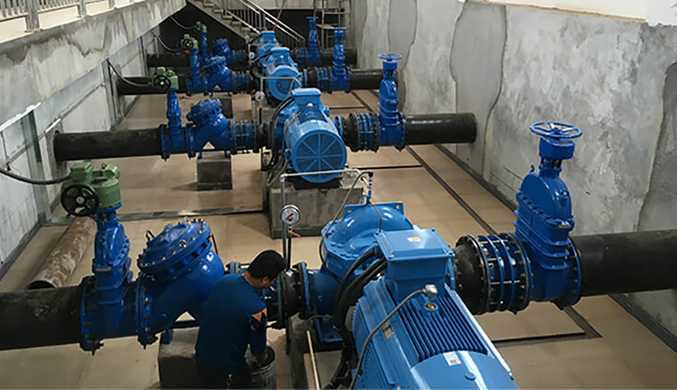Gujarati
- Afrikaans
- Albanian
- Amharic
- Arabic
- Armenian
- Azerbaijani
- Basque
- Belarusian
- Bengali
- Bosnian
- Bulgarian
- Catalan
- Cebuano
- Corsican
- Croatian
- Czech
- Danish
- Dutch
- English
- Esperanto
- Estonian
- Finnish
- French
- Frisian
- Galician
- Georgian
- German
- Greek
- Gujarati
- Haitian Creole
- hausa
- hawaiian
- Hebrew
- Hindi
- Miao
- Hungarian
- Icelandic
- igbo
- Indonesian
- irish
- Italian
- Japanese
- Javanese
- Kannada
- kazakh
- Khmer
- Rwandese
- Korean
- Kurdish
- Kyrgyz
- Lao
- Latin
- Latvian
- Lithuanian
- Luxembourgish
- Macedonian
- Malgashi
- Malay
- Malayalam
- Maltese
- Maori
- Marathi
- Mongolian
- Myanmar
- Nepali
- Norwegian
- Norwegian
- Occitan
- Pashto
- Persian
- Polish
- Portuguese
- Punjabi
- Romanian
- Russian
- Samoan
- Scottish Gaelic
- Serbian
- Sesotho
- Shona
- Sindhi
- Sinhala
- Slovak
- Slovenian
- Somali
- Spanish
- Sundanese
- Swahili
- Swedish
- Tagalog
- Tajik
- Tamil
- Tatar
- Telugu
- Thai
- Turkish
- Turkmen
- Ukrainian
- Urdu
- Uighur
- Uzbek
- Vietnamese
- Welsh
- Bantu
- Yiddish
- Yoruba
- Zulu
Telephone: +86 13120555503
Email: frank@cypump.com
નવેમ્બર . 26, 2024 19:40 Back to list
Efficient Solutions for Sewer Lift Pump Systems and Their Applications
Understanding Sewer Lift Pumps Importance and Functionality
Sewer lift pumps play a crucial role in wastewater management systems, ensuring the effective transportation of sewage from lower to higher elevation points. They are particularly essential in areas where gravity drainage is not feasible, such as in basements, low-lying regions, and various industrial applications. This article explores the importance, types, components, and maintenance of sewer lift pumps.
Importance of Sewer Lift Pumps
As urban areas expand, the complexity of wastewater systems increases. Sewer lift pumps facilitate the movement of sewage, protecting public health and the environment by ensuring that waste is efficiently transported to treatment facilities. Without these pumps, sewage could accumulate in low-lying areas, leading to health hazards, unpleasant odors, and potential contamination of water sources.
Moreover, sewer lift pumps are vital for maintaining the integrity and reliability of sewage systems. They help prevent blockages and backups that could result in costly repairs and environmental damage. By providing a reliable means of transporting sewage, these pumps play a significant role in urban sanitation and sustainability efforts.
Types of Sewer Lift Pumps
There are two primary types of sewer lift pumps submersible and dry pit pumps
.1. Submersible Pumps These pumps are designed to operate while submerged in sewage water. They are typically more efficient and are used in applications where the sewage level fluctuates. Submersible pumps are ideal for residential settings, especially in basement drainage, as they can handle a range of flow rates while remaining out of sight and reducing noise.
2. Dry Pit Pumps Unlike submersible pumps, dry pit pumps are installed above the sewage level. This configuration makes maintenance easier, as technicians do not need to enter the sewage to access the pump. Dry pit pumps are often used in larger industrial applications, where higher flow rates and larger volumes of sewage need to be managed.
sewer lift pump

Components of Sewer Lift Pumps
Understanding the various components of a sewer lift pump can help in appreciating its functionality. Key components include
- Pump Body The main structure that houses the parts of the pump. - Impeller A rotating component that helps to move sewage through the system. - Motor Powers the impeller, allowing it to create the necessary pressure for the sewage to flow. - Discharge Pipe Channels the sewage from the lift station to the desired location. - Float Switch A device that detects the level of sewage and activates the pump accordingly. - Check Valve Prevents backflow of sewage, ensuring that the waste moves in one direction.
Maintenance of Sewer Lift Pumps
Regular maintenance is essential for ensuring the longevity and efficiency of sewer lift pumps. Operators should conduct routine inspections to identify any wear and tear, check for clogs in the discharge line, and ensure that the float switch works correctly. Additionally, lubricating moving parts and cleaning filters can significantly enhance pump performance.
Scheduled maintenance should ideally involve a professional, familiar with the specific requirements of the lifting system in place. This can help prevent costly breakdowns and ensure that the sewage system operates smoothly.
Conclusion
In conclusion, sewer lift pumps are indispensable components of modern wastewater management systems. They help transport sewage in challenging environments, safeguarding public health and environmental standards. Understanding their importance, types, components, and maintenance will enable better management and operation of these critical systems. As our cities continue to grow, the role of sewer lift pumps will only become more significant, underlining the need for ongoing innovation and investment in this essential infrastructure.
-
Reliable Non-Clog Sewage Pumps with GPT-4-Turbo Tech
NewsAug.04,2025
-
High-Performance Air Pumps for Sand & Gravel | Efficient Transport
NewsAug.03,2025
-
ISG Series Vertical Pipeline Pump - Chi Yuan Pumps Co., LTD.|Energy Efficiency, Corrosion Resistance
NewsAug.03,2025
-
ISG Series Pipeline Pump - Chi Yuan Pumps | Energy Efficiency&Compact Design
NewsAug.03,2025
-
ISG Series Vertical Pipeline Pump - Chi Yuan Pumps Co., LTD.|High Efficiency, Low Noise, Durable
NewsAug.02,2025
-
ISG Series Vertical Pipeline Pump - Chi Yuan Pumps | High Efficiency, Low Noise
NewsAug.02,2025










